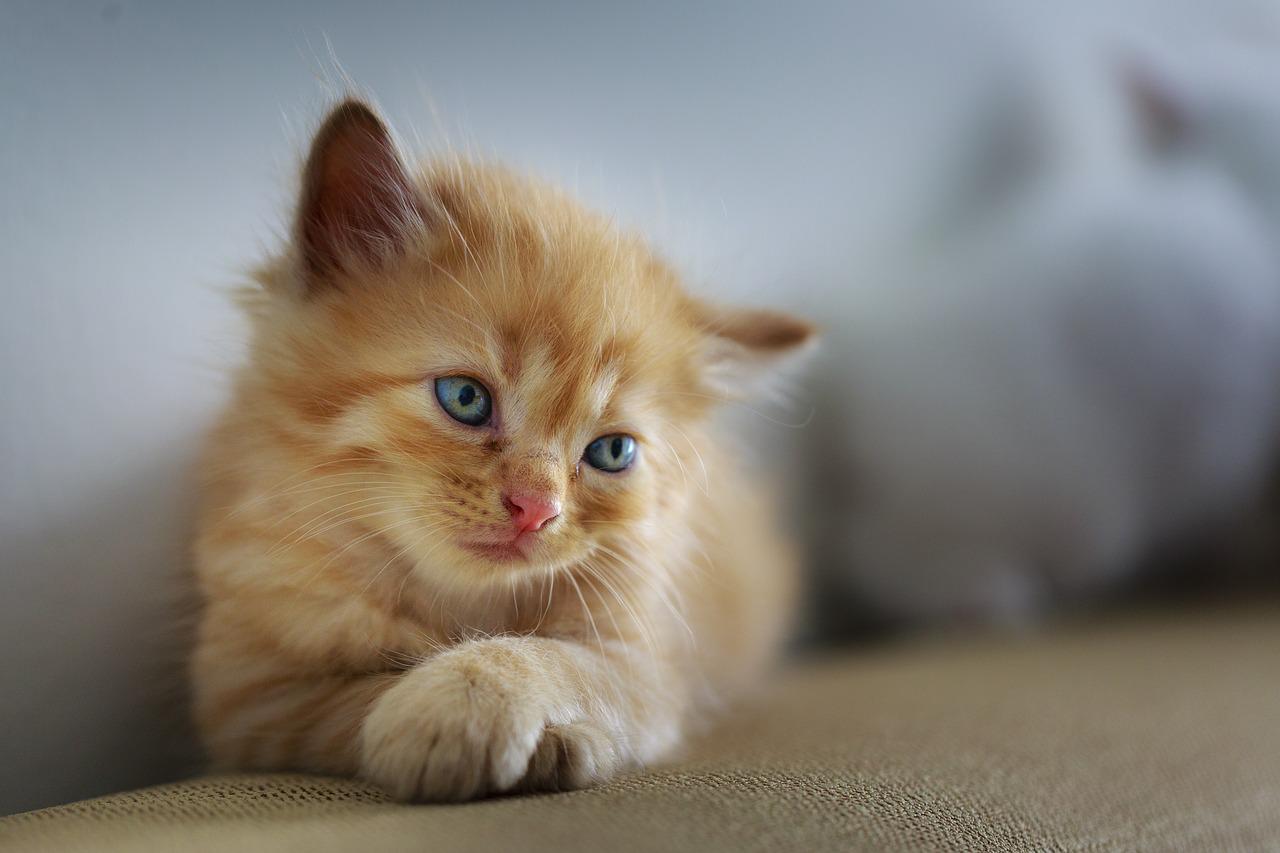From fluffy kittens to sleek adults, cats undergo remarkable transformations in their early years. If you’ve ever wondered, “How long do cats grow?” you’re not alone. While the timeline varies by breed and individual, most cats reach their full size by 12–24 months. However, their growth journey involves more than just physical changes—it’s a window into their health, behavior, and unique biology. Let’s unravel the mysteries of feline growth and learn how to nurture your cat through every stage.
The Growth Timeline: From Kitten to Adult
Cats don’t follow a one-size-fits-all growth pattern. Here’s a breakdown of what to expect:
- Newborn to 4 Weeks: Rapid Development
- Birth weight: 3–4 ounces (85–113 grams).
- Eyes open at 7–14 days; teeth begin emerging at 2–3 weeks.
- Growth Focus: Gaining strength and mobility.
- 1–6 Months: The Growth Spurt Phase
- Kittens gain 3–4 ounces (85–113 grams) weekly.
- By 6 months, they reach 50–75% of adult size.
- Playful energy peaks as muscles and bones strengthen.
- 6–12 Months: Adolescence and Sexual Maturity
- Growth slows but continues in height and muscle mass.
- Most cats reach sexual maturity by 6–9 months (earlier in smaller breeds).
- Spaying/neutering is recommended to prevent unwanted behaviors.
- 12–24 Months: Filling Out
- Small to medium breeds (e.g., Domestic Shorthairs, Siamese) typically stop growing by 12–18 months.
- Large breeds (e.g., Maine Coons, Ragdolls) may grow until 2–4 years, gradually developing broader chests and thicker coats.
What Determines a Cat’s Final Size?
Several factors influence how long and how large a cat grows:
- Breed:
- Small Breeds (e.g., Devon Rex, Singapura): Mature by 12 months, weighing 5–8 pounds (2.3–3.6 kg).
- Medium Breeds (e.g., American Shorthair): Reach full size by 12–18 months, averaging 8–12 pounds (3.6–5.4 kg).
- Large Breeds (e.g., Norwegian Forest Cat): Grow until 3–4 years, often weighing 12–20 pounds (5.4–9 kg).
- Genetics: A kitten’s parents often predict their adult size.
- Nutrition: Protein-rich diets support healthy growth, while overfeeding can lead to obesity.
- Health: Parasites, infections, or chronic illnesses (e.g., FIV) may stunt development.
How to Tell If Your Cat Has Stopped Growing
Cats don’t announce when they’ve reached adulthood, but these signs can help:
- Stable Weight: No significant weight gain for 3–6 months.
- Proportionate Body: Legs, torso, and head appear balanced.
- Behavioral Calmness: Reduced “teenage” hyperactivity and chewing habits.
Pro Tip: Track your cat’s growth with monthly weigh-ins and photos. A kitchen scale works well for kittens!
Common Growth Concerns
- Stunted Growth
- Causes: Malnutrition, intestinal parasites, or congenital disorders.
- Solution: Consult a vet for deworming, dietary adjustments, or blood tests.
- Obesity
- Overfeeding during growth phases can lead to lifelong weight issues.
- Follow feeding guidelines and avoid excessive treats.
- Delayed Growth in Large Breeds
- Maine Coons and similar breeds grow slowly but steadily. Patience is key!
Supporting Healthy Growth: A Cat Owner’s Checklist
- Nutrition:
- Kittens: Feed high-protein kitten formula until 12 months (or longer for large breeds).
- Adults: Transition to maintenance food with 30–40% protein.
- Vet Care:
- Schedule vaccinations, deworming, and spaying/neutering.
- Address abnormal symptoms (e.g., limping, poor appetite).
- Environment:
- Provide climbing trees and interactive toys to build muscle and coordination.
The Takeaway
Most cats achieve their full size within two years, but their growth journey is as unique as their personalities. While large breeds take longer to mature, all cats thrive with proper nutrition, veterinary care, and a stimulating environment. Remember, growth isn’t just about size—it’s about ensuring your feline friend develops into a healthy, happy companion.
Final Thought: Celebrate every milestone, from wobbly first steps to confident leaps. Before you know it, that tiny ball of fur will be ruling your home—and your heart—with full-grown charm!

Leave a Reply